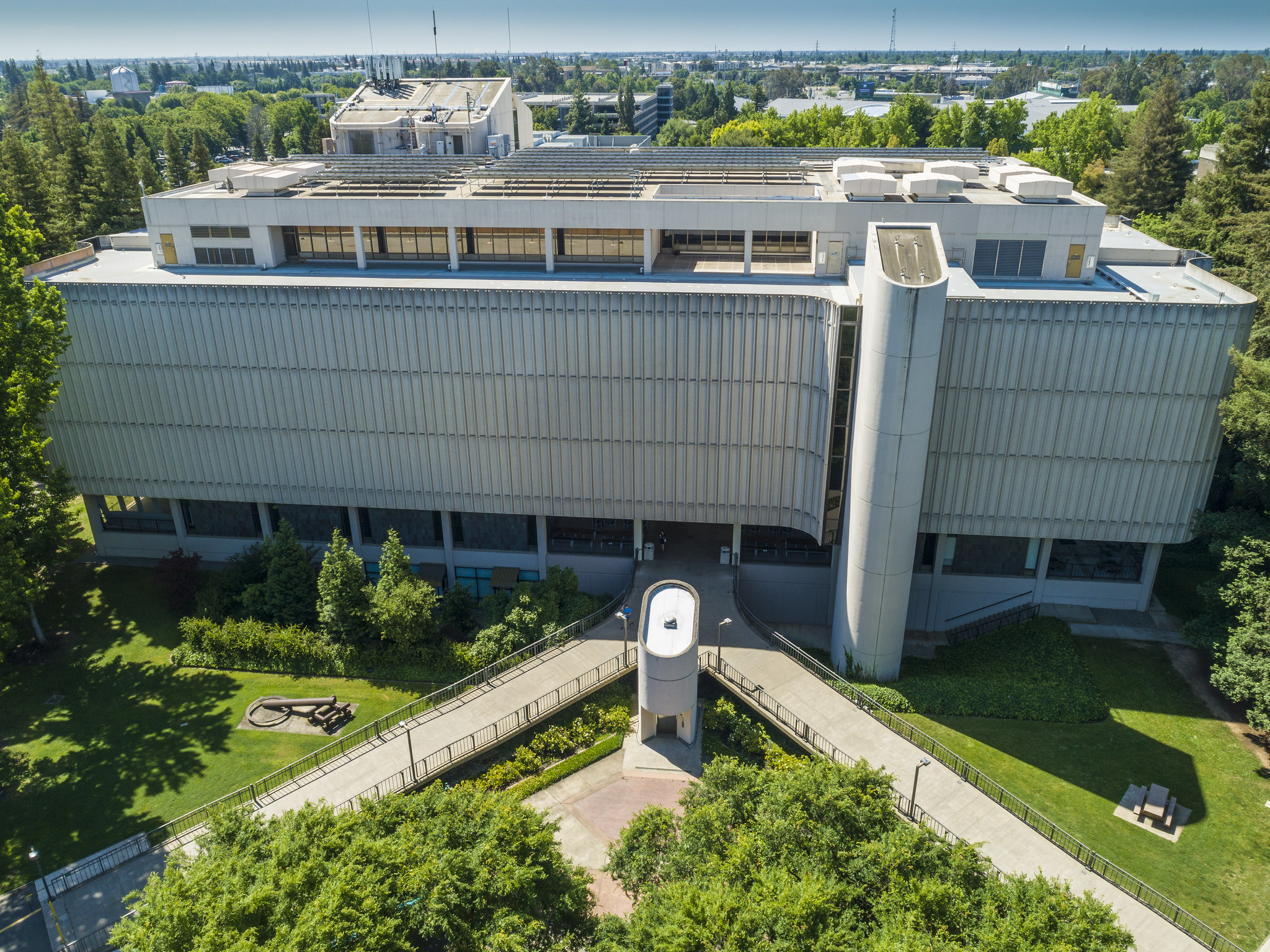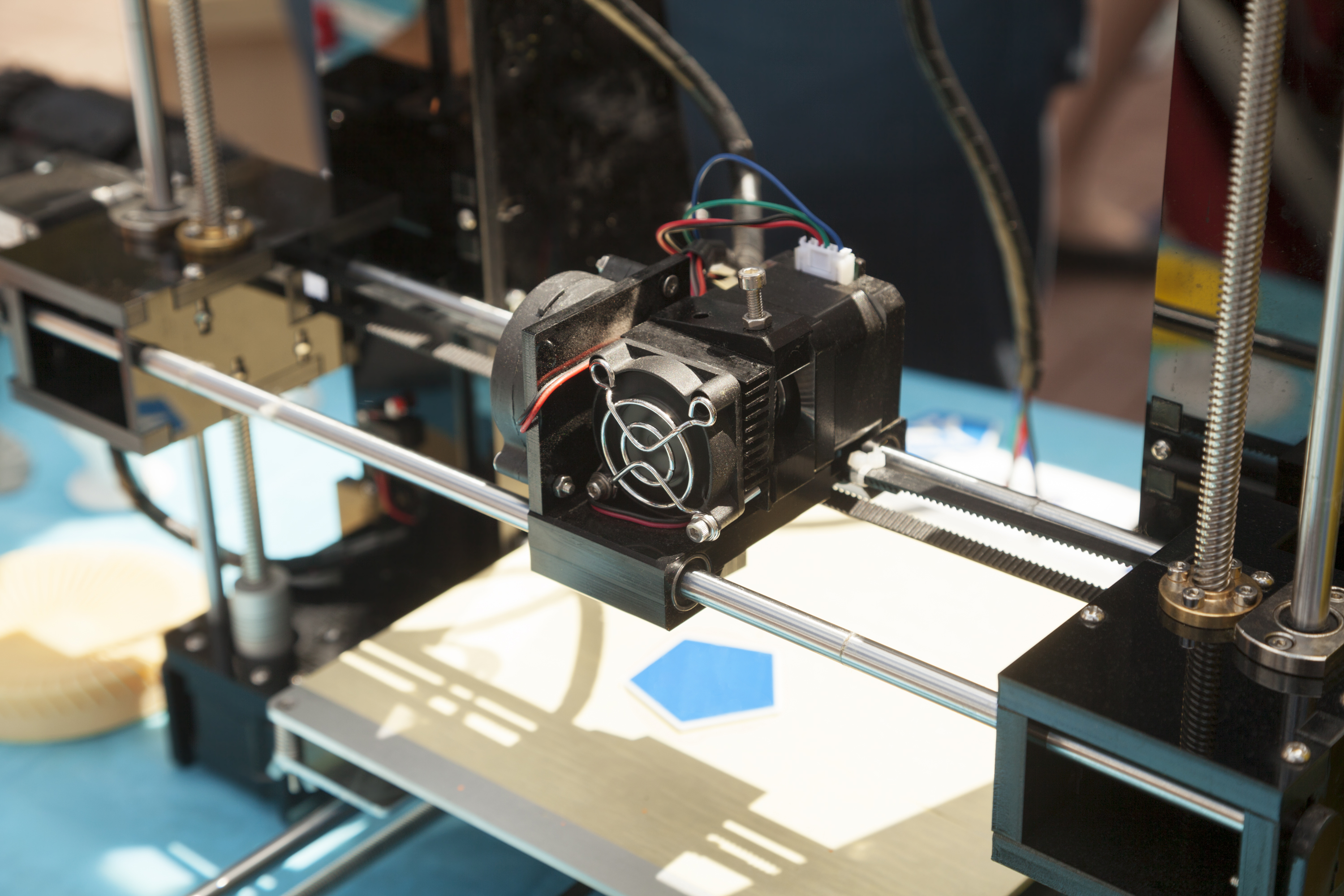 A new certificate program in maker education at Sacramento State will utilize a maker space planned for the University Library. (Sacramento State/Rob Neep)
A new certificate program in maker education at Sacramento State will utilize a maker space planned for the University Library. (Sacramento State/Rob Neep)
By Jonathan Morales
Sacramento State's planned launch of a certificate program in maker education is designed to meet the needs of teachers looking to join the "maker movement" and emphasize hands-on, collaborative problem-solving in the classroom.
The program, which will launch for the Fall 2020 semester, is designed for K-12 educators and others interested in learning the theories behind maker education as well as how to build their own maker spaces and develop curriculum.
“We know that the maker movement is proliferating throughout the United States and internationally, but a lot of that is happening outside of formal schooling,” said Aaminah Norris, an assistant professor of education who will direct the new program.
“What we wanted to do is bring the understanding of how to learn this way into the schooling environment through this program, so educators can take this back into their communities.”
Maker education emphasizes what Norris calls “21st century skills”: communication, collaboration, critical thinking, and problem-solving. In school settings, she said, students are taught “design thinking,” learning "the process that web designers and engineers use to solve a problem and, at the end, develop prototypes of solutions to that problem.”
“If you just give someone a workbook and they’re just looking at it as an individual solving a problem, it’s different than if they have to do it in collaboration with other people,” Norris said. “That helps them develop soft skills that are very beneficial as well as the technical ability to solve problems.”
The program will be administered through the College of Continuing Education and include four courses, one each in the fall and spring and two in the summer. It is designed as a “hybrid program” with some of the classes available online. Courses will focus on the theory of maker education and also require students to conduct research in their communities to learn what resources may be needed to create or support a maker space.
Maker space for students will be in the University Library. There, supervised by maker space faculty, they will work with tools provided within the space and develop lesson plans that can be utilized in their classrooms.
 The maker space in the University Library will include a 3D printer, such as the one seen here.
The maker space in the University Library will include a 3D printer, such as the one seen here.“We’re really excited because there is going to be a lot of collaboration, a lot of innovation and figuring out things, and going through the process that makers go through,” Norris said.
The maker space is on track for its Fall 2020 opening, said Amy Kautzman, dean and director of the University Library. The College of Education and the maker education certificate will be the first program to use the space, but Library staff are working across the campus to ensure it is open and accessible to students from all programs and majors.
In addition to launching the maker education certificate program, the College of Education will host the annual CSU Maker Convening next spring.
A 2016 study by MakerEd.org highlights the growth of maker education as well as the associated challenges and opportunities. Nearly two-thirds of people surveyed work in K-12 settings, and maker educators who participated in the study expressed their belief that making can help students develop real-world skills, address educational inequities, appeal to diverse learners, and empower students. Many study respondents, however, also called out the need for shared resources and information.
The maker certificate also aligns with the College's and University’s focus on social justice and equity.
“Every culture has a long history of making things in order to solve problems. But in the United States, the STEM fields have traditionally been seen as something primarily for white men," Norris said, referring to science, technology, engineering and mathematics.
"The maker movement attempts to change that by starting with the bedrock principle that everyone has the capacity to make something – and therefore the capacity to solve real-world problems.”
Norris called maker education an "avenue of support" for students traditionally left out of STEM fields, leading them to believe they can become involved and succeed.
"And it’s a fun way of them learning and participating,” Norris said. “Eventually teachers can take this into their schools and implement it in their classrooms, and it will help bring equity into K-12 schools.”
